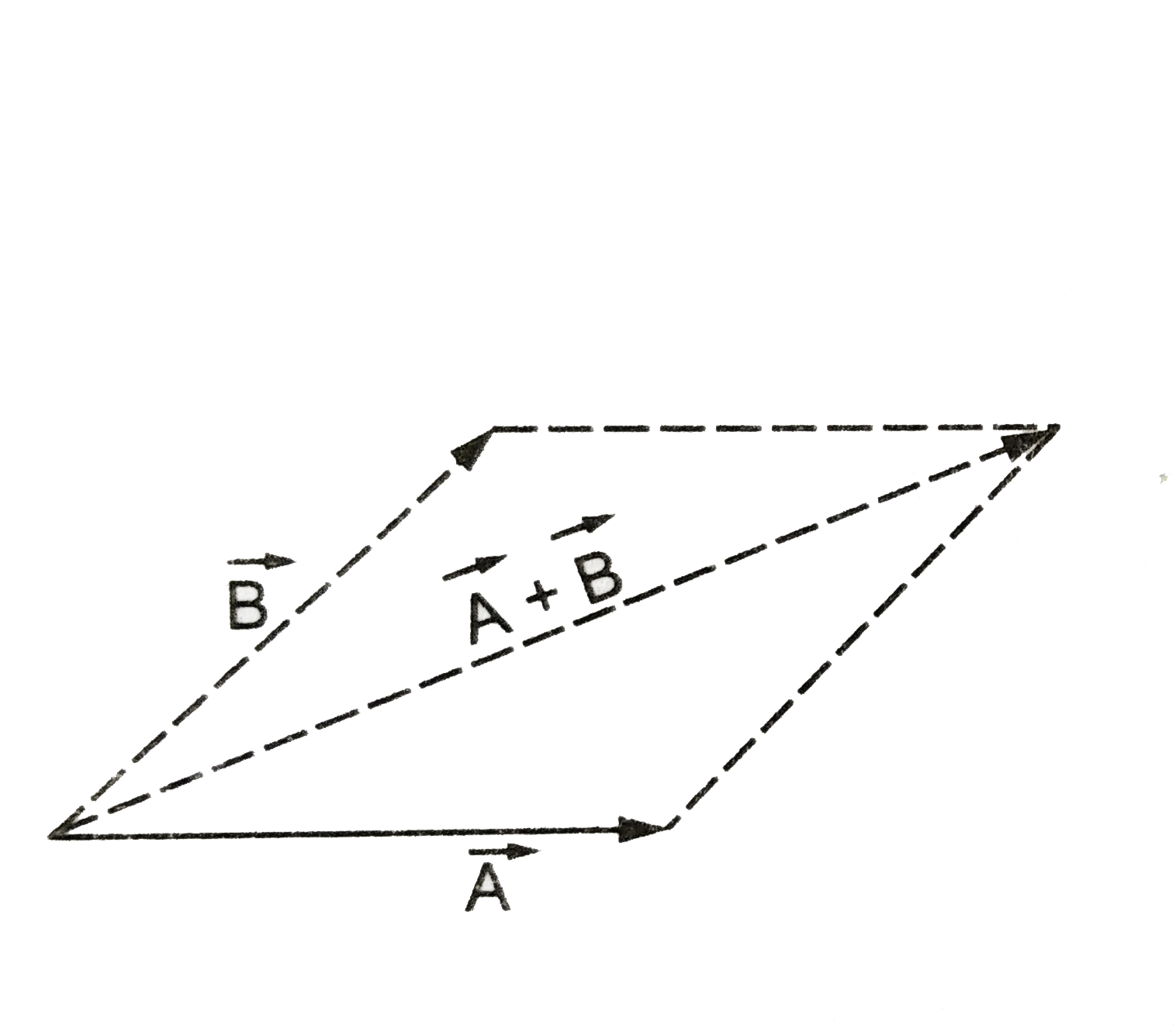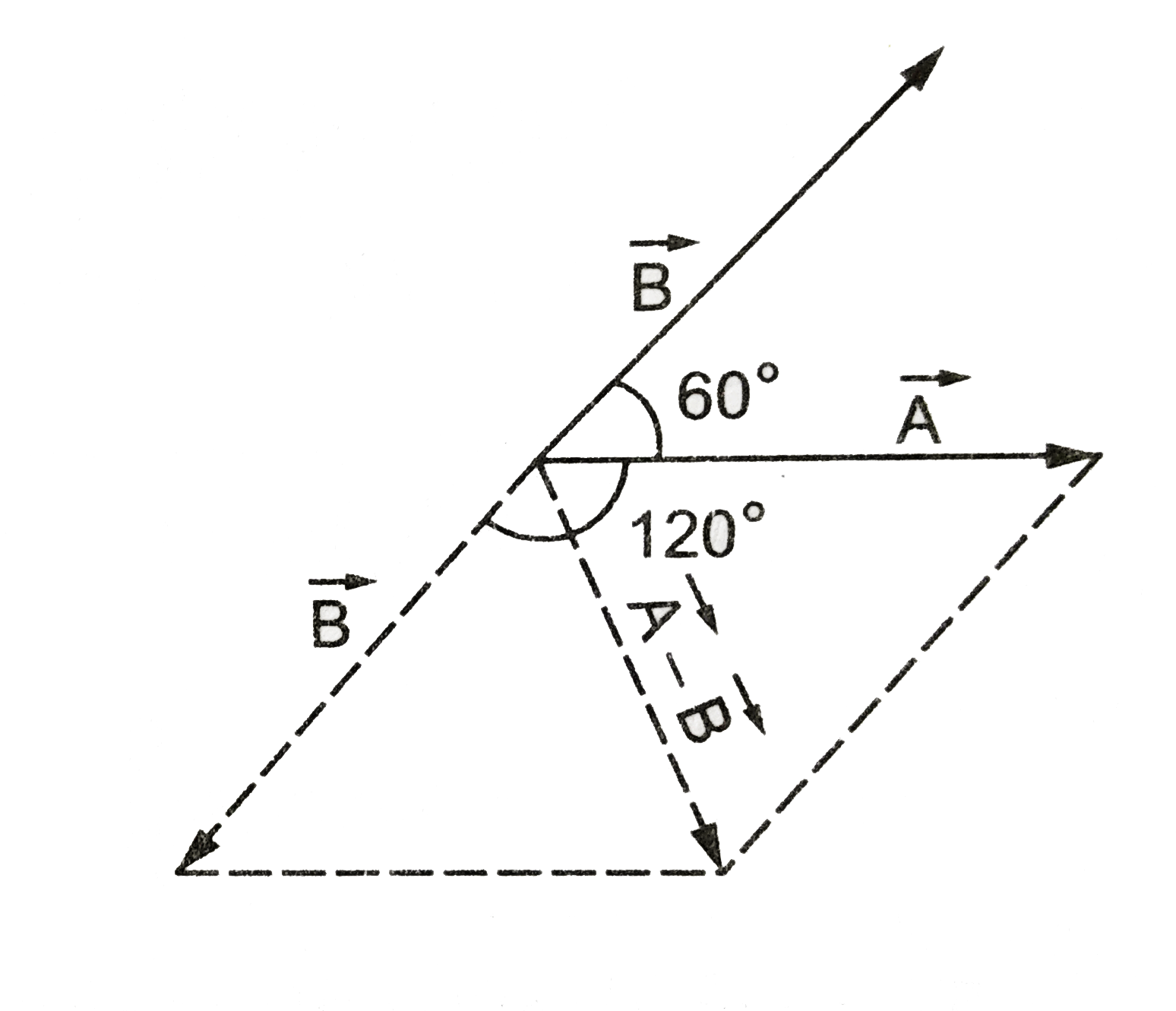A vector has magnitude and direction (i) Does it have a location in the space ? (ii) Can it vary with time ? (iii) Will two equal vectors →a and →b different locations in space necessarily have identical physical effects ? Give examples in support of your answer.
i) Besides having magnitude and direction, each vector has also a location in space.
ii) A vector can vary with time. As example, velocity and acceleration vectors may vary with time.
iii) Two equal vectors a and b having different locations may not have same physical effect. As an example, two balls thrown with the same force, one from earth and the other from moon will attain different maximum heights.
Topper's Solved these Questions
- MOTION IN A PLANE Book:NCERTChapter:MOTION IN A PLANE Exercise:EXERCISE
Explore 32 Videos
- MECHANICAL PROPERTIES OF SOLIDSBook:NCERTChapter:MECHANICAL PROPERTIES OF SOLIDSExercise:EXERCISE
Explore 21 Videos
- MOTION IN A STRAIGHT LINEBook:NCERTChapter:MOTION IN A STRAIGHT LINEExercise:EXERCISE
Explore 28 Videos
Similar Questions
A vector has magnitude and dirction 9i) Does it have a olocition in the sparce ? (ii) Can it vary with time ? (iii) Will two equal vectors →a and vec b different locations in sparc necessarily have identical phusical effects ? Give examples in support of your answer.
View SolutionCan two equal vects →aand→b at different locations in space necessarilly have identical physical effects ?
View Solution
Knowledge Check
Two vectors →Aand→B inclined at an angle θ have a resultant →R which makes an angle α with →A. If the directions of →Aand→B are interchanged, the resultant will have the same
AdirectionBmagnitudeCdirection as well as magnitudeDNone of theseAction and reaction
(i) act on two different objects
(ii) have equal magnitude
(iii) have opposite directions
(iv) have resultant zeroA(i), (ii)B(ii),(iii)C(iii), (iv)DAll options are correct
Answer the following :
(i) A vector has magnitude & direction. Does it have a fixed location in space? Can it vary with time.
(ii) Will two equal vectors →a & →b at different locations in space necessarily have identical physical effects?
(iii) Can three non zero vectors, not in one plane, give a zero resulatnt? Can four vectors do ?
(iv) Can a vector have zero magnitude if one of its components is not zero?
View SolutionDefine (i) unit vector (ii) null vector (iii) cross product of two vectors →A and →B .
View SolutionTwo vectors , having same magnitude but opposite direction are called
(a) equal vectors (b) negative vectors (c) unit vectors (d) null vectors
View SolutionWrithe the angle between two vectors →a and →b\ with magnitudes √3 and 2 repsectively having →a.→b=√6 .
View SolutionTwo vectors of equal magnitude 5 unit have an angle 600 between them. Find the magnitude of a the sum of the vectors and b the difference of the vectors.
 .
.  .
.
View SolutionA small current-carrying loop is located at a distance r from a long straight conductor with current I. The magnetic moment of the loop is equal to pm. Find the magnitude and direction of the force vector applied to the loop if the vector pm
(a) is parallel to the stratight conductor,
(b) is oriented along the radius vector r,
(c) coincides in direction with the magnetic field produced by the current I the point where the loop is located.
View Solution